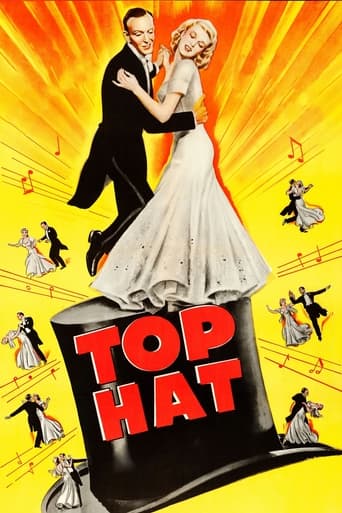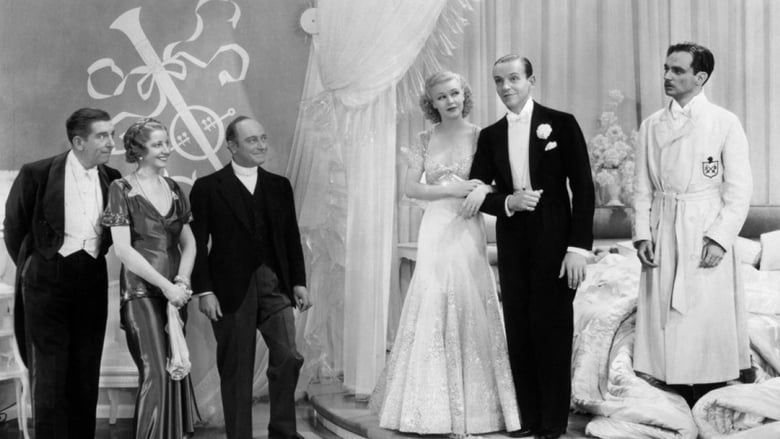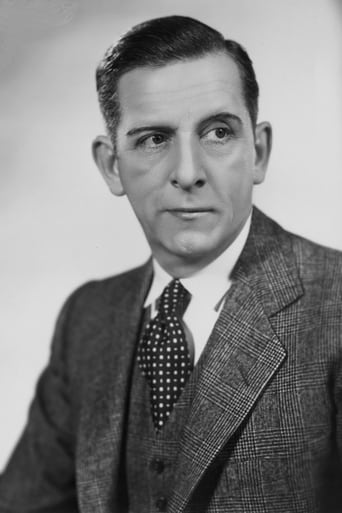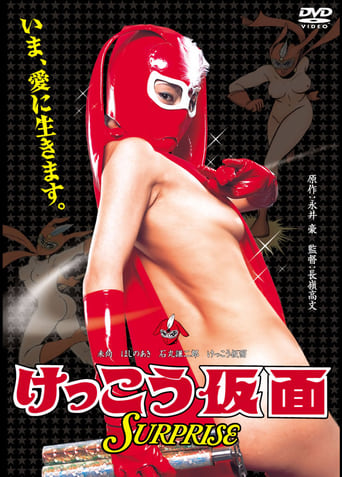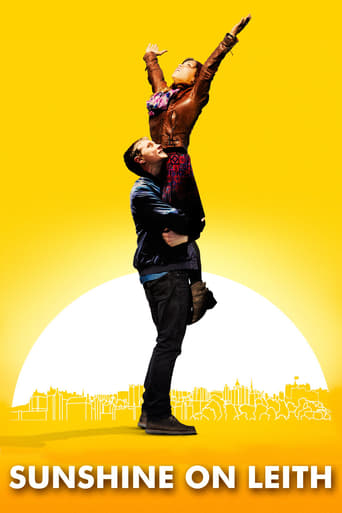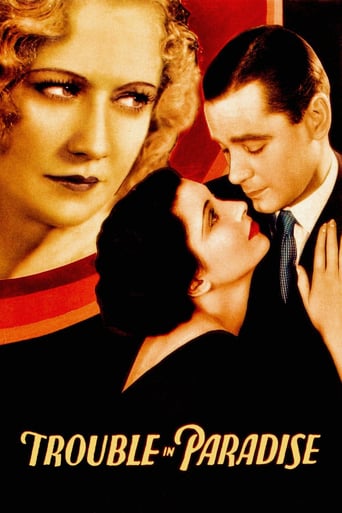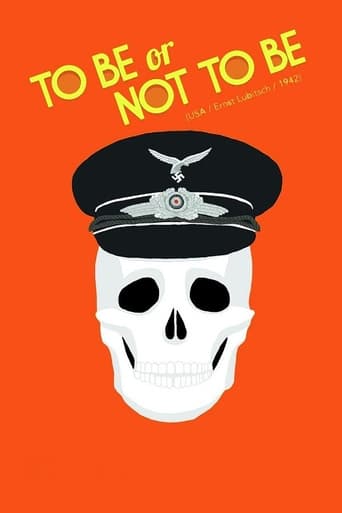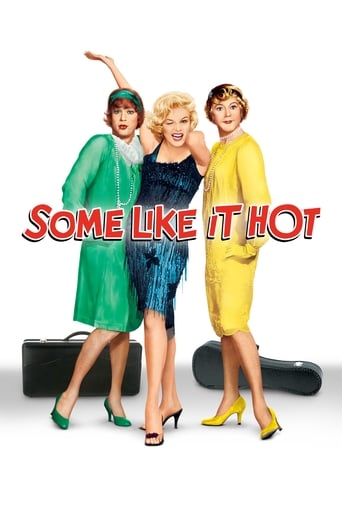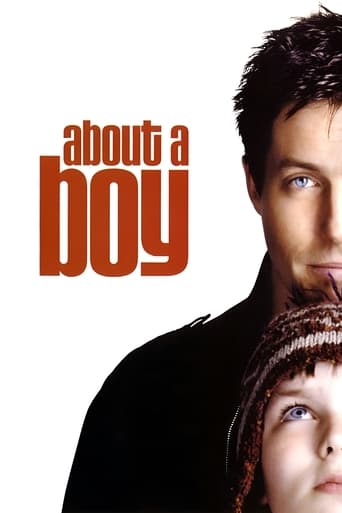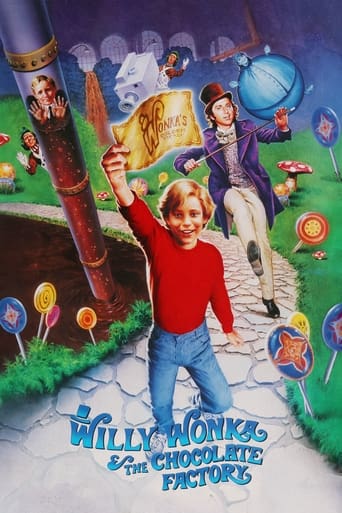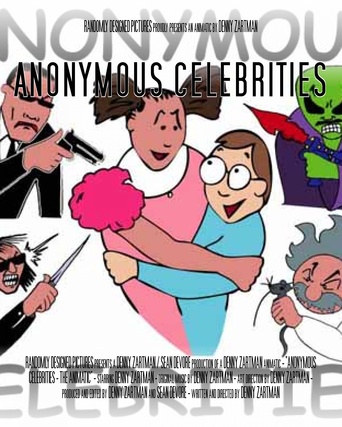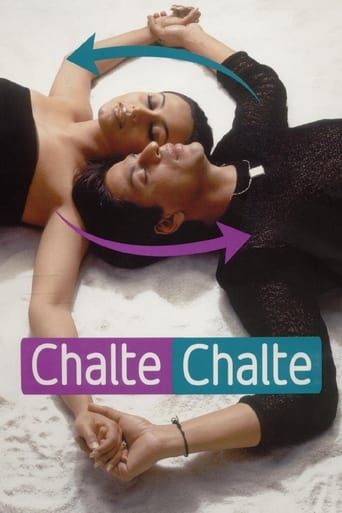Top Hat (1935)
Showman Jerry Travers is working for producer Horace Hardwick in London. Jerry demonstrates his new dance steps late one night in Horace's hotel room, much to the annoyance of sleeping Dale Tremont below. She goes upstairs to complain and the two are immediately attracted to each other. Complications arise when Dale mistakes Jerry for Horace.
Watch Trailer
Cast


Similar titles
Reviews
Simply Perfect
Sick Product of a Sick System
Don't listen to the Hype. It's awful
A lot of fun.
Buoyed by Irving Berlin music, this is one of those love stories where the lovers get confused as to who is whom. Astaire sees Rogers and is smitten, but because of his celebrity there is a kind of caution. They battle each other, partially because they don't know each other's intentions and partially because they are confused by the supporting characters. It doesn't matter what the story is. The dancing here is as good as anything you have ever seen. I know there was some tension as Rogers tried to tread her own path as an actress, but what a gift to the world these two were. Their synchronous moves are incredible as they move across the screen. We also forget that Fred Astaire had a really good voice for the popular music of the time.
Dancer Fred Astaire and model Ginger Rogers meet and immediately fall in love. But when Ginger mistakenly believes Fred is married to her friend, she wants nothing more to do with him. Okay, not the most original plot you'll ever see. Mistaken identity plots were pretty common then (and still show up today). But it's handled well and never feels contrived. This is my favorite Fred & Ginger movie. Both are in top form with wonderful timing and chemistry. Great comedic support from Edward Everett Horton, Eric Blore, Helen Broderick, and a scene-stealing Erik Rhodes ("Never again will I allow women to wear my dresses!"). Songs include the classic "Cheek to Cheek" and the underrated "The Piccolino." The dance numbers are exceptional. Ginger's beautiful, even in that feather dress that Fred Astaire hated so much. Everything works in this one. The comedy, the romance, the songs, the dancing -- it's all perfect.
Once upon a time in the 1930's, a legendary pairing of two stars took place in the midst of the Great Depression. Keep in mind that this era was a trying time for America due to the fact that many people were either broke or starving to death. What made this pairing so special is that they helped many people forget for a brief period of time that they were living in such an era. That pairing is none other than that of Fred Astaire and Ginger Rogers. Though Astaire would later star in other memorable musicals such as "The Band Wagon" (1953) and narrate the Christmas special "Santa Claus Is Comin' To Town" (1970), this team was probably best known by many for their collaboration on musical-comedies such as "Swing Time" (1936) and "Top Hat" (1935), the latter being the subject of this very review. "Top Hat" follows American dancer Jerry Travers (Fred Astaire) who travels to London to do a show for producer Horace Hardwick (Edward Everett Horton). One night when practicing his dance routine in Hardwick's hotel room, a lady named Dale Tremont (Ginger Rogers) from the room below comes up to complain about the noise he's making. Immediately falling in love with Dale on their first meeting, Jerry is determined to pursue her all over town to win her affections. But things get complicated when Dale mistakes Jerry for Hardwick, who is married to Dale's friend Madge (Helen Broderick), and Dale gets engaged to Italian fashion designer Alberto Beddini (Erik Rhodes). So Jerry gets Hardwick and his butler Bates (Eric Blore) to help him with winning back Dale. Basically, the plot centers on a new couple that must try to clear up a big misunderstanding that has come between them. To be brutally honest, the plots have never been the primary strength of the musicals Astaire and Rogers made during that time. In fact, I can see why this story in particular might annoy moviegoers today as it's the type of plot found in rom-coms that most people hate. Because of the fact that the story centers on a misunderstanding, the couple apparently have to be convinced that they hate each other throughout most of the film (Though to be fair, I don't think Astaire hated Rogers at all). And as a result, we have trouble being convinced that they'd be a happy couple. Given that the ability to be convinced that a couple is in love is a crucial ingredient to make a romantic story work, the negative comments regarding the plot to "Top Hat" are justified in that sense. The story is awkward to say the least. But in terms of its execution, it could have been a lot worse. The aspects that truly sell the musicals starring Astaire and Rogers, especially this one, are the musical numbers and the dancing. Film critic Roger Ebert really opened my eyes in his Great Movies review of "Swing Time" regarding what made Astaire and Rogers stand out. Ebert stated that "Astaire believed every dance number should be filmed, as nearly as possible, in one unbroken take, always showing the full figures of the dancers from head to toes. There are no cutaways to an admiring audience--Astaire thought that was a distraction. No cuts, or very few, to different points of view. And no closeups of the dancer's faces, for that would deny us the movement of their bodies. When you see anyone--an athlete, a musician, a dancer, a craftsman--doing something difficult and making it look easy and a joy, you feel enhanced. It is a victory for the human side, over the enemies of clumsiness, timidity and exhaustion." To briefly summarize Ebert's brilliantly chosen words, Astaire and Rogers stood out from other talented dancers in Hollywood because they realized that little to no editing resulted in more convincing dancing. By using this minimal editing approach, we can truly appreciate the stamina and talent that Astaire and Rogers had as dancers and thus make the illusion seem more real to us. Remember the "Isn't It A Lovely Day" number early on in the film? The minimal editing used in that number captures the illusion that Rogers truly is progressing from a slow to fast dance alongside Astaire. As a result, the transformation of Rogers' character's opinion of Astaire's character during that song feels more complete. The dance sequences in the "Cheek to Cheek" and "Piccolino" musical numbers also obtain the illusion that they've been dancing for a certain period of time without interruptions. It's a smart strategy that Astaire and Rogers use for their dance sequences, so I give them full credit for that. Pet peeves with the narrative aside, Astaire and Rogers still have some likability to them. The exchange between them at the start of the picture (when Rogers complains about Astaire's noisy dancing) shows this teaming at their best and summarizes the chemistry between them in a nutshell. Rogers has some smart yet playful verbal jabs and Astaire always seems to maintain positivity even when the going gets tough (usually when certain people want him to go away). The songs by Irving Berlin stand the test of time, namely "Isn't It A Lovely Day", "Top Hat", "Cheek to Cheek" and "Piccolino". The dancing between our two leads is amazing because of how they maintain pleasure even under pressing circumstances (wardrobe troubles, hours and hours of rehearsal, etc.). "Top Hat" is the type of picture you don't see being made today. I wouldn't say that it's going to be for everybody in today's world. But considering the time it was made, it's nothing short of a miracle.
It is always a pleasure to watch Fred Astairs at his best.Someone once compared the Martini cocktail as Fred Astair in a glass.. so I fixed myself one to match this movie, the first zips were great but it all turned flat soon afterward.The first scene is very promising as we recognize an energetic Fred Astair in a ¨silence¨ gentlemen room in London, those first 5 minutes were worth the ambiance of a Fred Astair/Martini fansuddenly we're taken to the hotel scene and the first impressive tap dancing and the fantastic 30's sounds flow over, one more zip to my drink is welcome...until we're flashed by this ¨3 stooges¨ plot of mis-identification and hide and seek over different rooms. completely disappointed till the point of putting the rest of the Dry Gin back in the bottle till I get another Fred Astair movie...The sets are ridiculousy repetitive, all handed in same boring-to-eye colour and over crafted Greek style, no matter it was London or Venice, you can tell the same manifacture...the hide and seek in between the misencounters were silly repetitive in the gaps of the few great dancing scenes.Dancing Scene: great techniques and beautiful music arrangements, but would have worked more on separate film cuts for cinema pre-view entertainment, not a movie.Madge and Horace weird relationship is worthless to mention as props as any of the Greek decorations in the flat decorated rooms, almost annoyng.it is sad to acknowledge that this is just a pre-fab plot less long sketch to promote Fred Astaris and Ginger Rogers theatrical talents. not a real movie.

